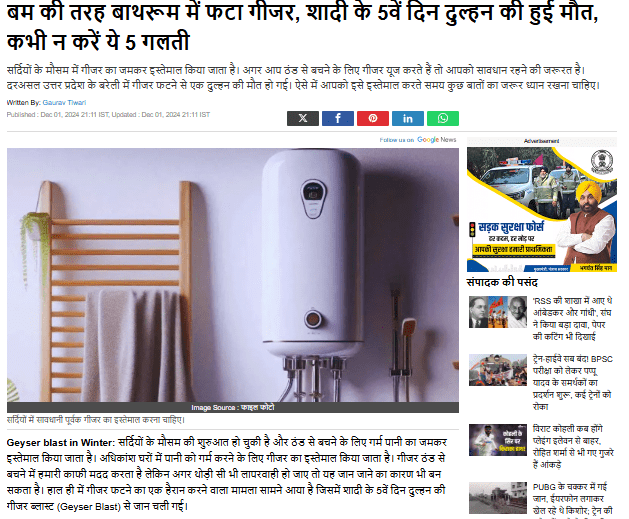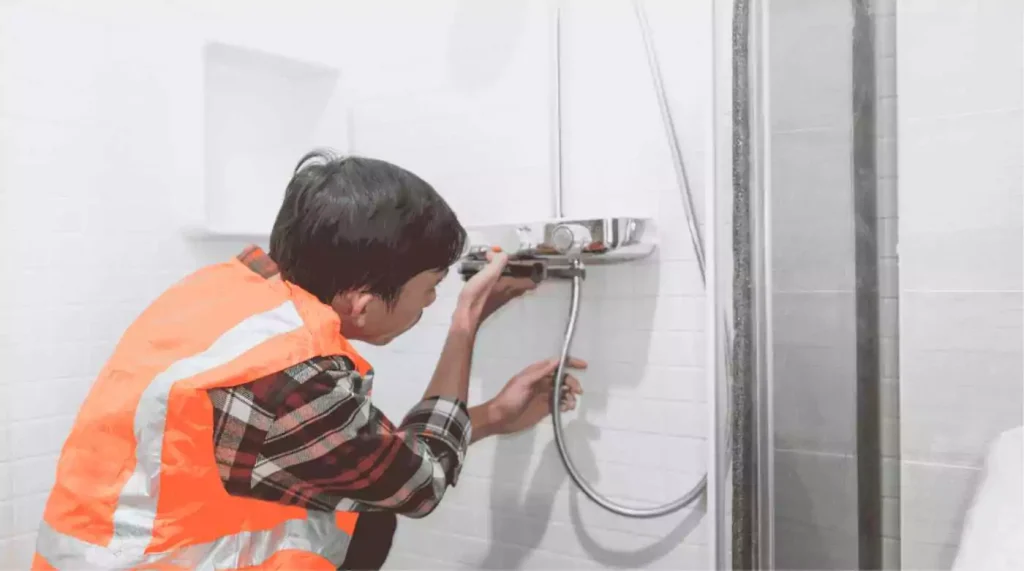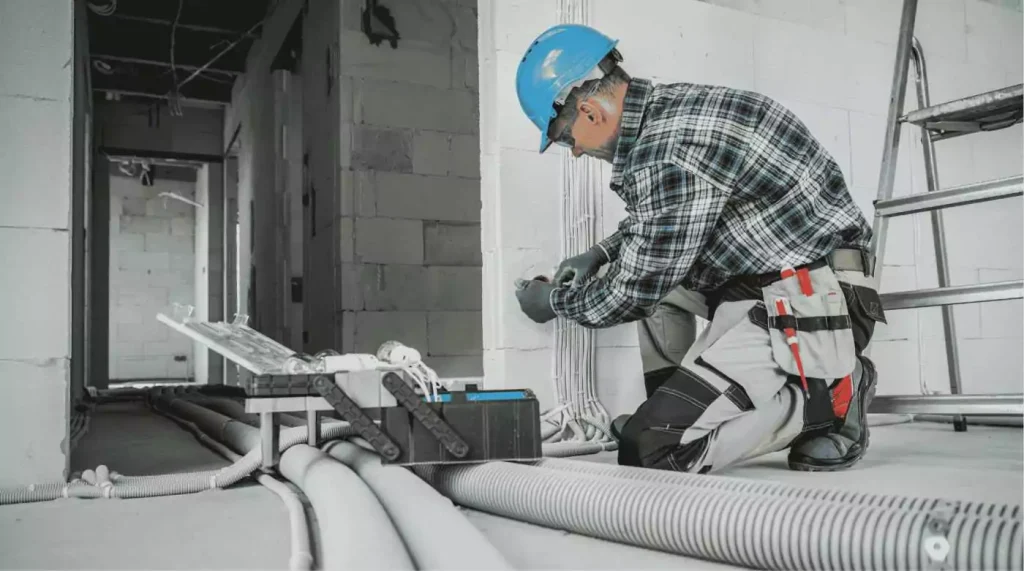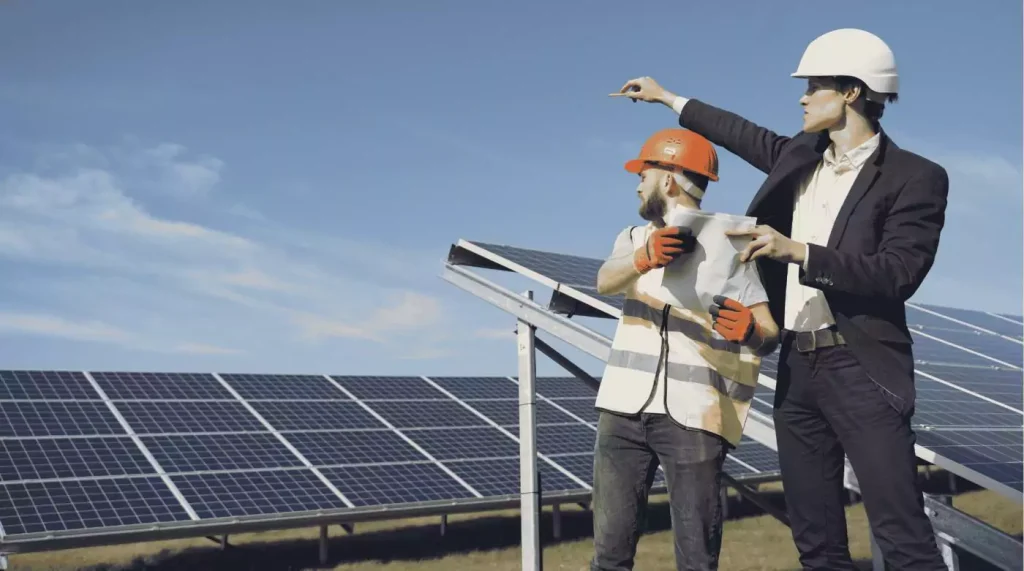5 Essential Safety Tips for Preventing Electric Geyser Blast in Winter
When the weather is getting colder, the water heater is still one of the first machines I switch on for a warm bath. However, it is a comfort that we so often get used to and do not think about the potential mistakes we can make by improper use. This five-part instructional will cover the most common errors people make when they are using gas or electric geysers in the winter that lead to geyser blasts in bathrooms and also ways how to avoid these mistakes. As You can see in the news on India TV. I anticipate that the information provided will allow you to operate your electric geyser in a safe and environmentally friendly manner.
1. Avoiding the Temptation to Leave Your Geyser On Continuously
Overall, I have come to realize that there are others who, most likely more in number, run their sweat night and day. It can be quite easy to do, particularly if it’s the winter season and you want hot water at once but it is rather risky and a waste of resources. Even though this can be the easiest way to keep your Electric geyser running, it might result in home hazards and energy losses.
Why It’s Risky:
- The fuse can melt the coil if you heat the water too much for too long, or burn it out
- Excessive force could bring about rupture and cause the gas to explode
- That, in turn, would mean that your bill will multiply and consume more electricity
How to Use Your Geyser Safely:
- When you can actually do without your geysers’ heated water, turn off the geysers
- To keep you from overextending the operation period, put an alarm or a timer clock maintained for 10-15 minutes
- Consider the option of obtaining an electric geyser that is equipped with a built-in thermostat to help you control the temperature automatically
2. The Importance of Regular Geyser Maintenance
My observation tells me that most people have no knowledge of the importance of geyser maintenance. Omitting this aspect may result in various emergent problems and the component to this extent may become the cutbacks on safety. Like any other gadget, every once in a while, water heaters need to be inspected in order to function properly.
Signs Your Geyser Needs Attention:
- Weird sounds, for example, may be a result of leakages in the geyser tank, emitting tapping or grumbling sounds
- Decreased water flow or the tank part gets too hot to turn off
- The valves that indicated in the pressure gauge were the place where I observed the water gushing out of the tubes and the tank
Maintaining Your Geyser:
- Plan inspections by professionals every six months
- Drain the tank frequently, especially in areas plagued by hard water
- You must regularly inspect the safety pressure valve as well as the thermostat
3. Setting the Right Temperature for Safety and Efficiency
The major point I came across was the fact that specific thermostat settings are both critical for the safety of the appliance and for maintaining its cost-effectiveness. At times, when freezing weather is at its peak, one can be tempted to set the thermostat to higher temperatures. You need to avoid high settings, as they are dangerous and wasteful.
Risks of High-Temperature Settings:
- Hot waters that are above 50 degrees Celsius cause immediate immersion burns
- The over-heating of the electric geyser can cause a total breakdown
- The high electricity bills are the result of gross electricity use and so on
Optimal Temperature Settings:
- By and large, 40-50°C ought to be enough most of the time for heating water at home
- Rotation of the manual temperature controls should be such that the settings lie somewhere between the lowest and the highest
- Make the right choice by acquiring a water heater with automatic temperature control this will make it safer
4. Ensuring Electrical Safety with Your Geyser
From my own encounters with electrical issues, I was able to urge on the importance of electrical safety in the light of the electric geyser issue. The situation where water and electricity are involved calls for utmost care.
Common Electrical Safety Mistakes:
- One of the cases might be the situation when a geyser is installed with damaged wire body but you continue using it
- You should not take the matter of the abnormal peculiarities in the form of smells or sparks during operation for ranted sparks do not just come from nowhere, hence go call the electrician or switch off the board as an initial thing
- All home appliances are running off the same circuit
Ensuring Electrical Safety:
- Always make use of a certified electrician who will do the installation work together with you.
- Operating another circuit excluding the one you have your geyser on the board
- Regularly inspect the wiring and switches of the device for any signs of their wear earlier than you find any other outward problem and fix it immediately before the disaster happens.
- Get installed an Earth Leakage Circuit Breaker (ELCB) for your additional protection
5. Utilizing Geyser Safety Features Effectively
Modern geysers have a number of safety features. However, I have found that many people have difficulty using these features. Knowledge and usage of those features are the cornerstones of a safe operation.
Key Safety Features:
- Pressure release valves are a must for every safe geyser because they keep the pressure of the water inside the geyser at a safe level
- Thermal cut-offs are necessary for the safety of the water heater when there is a danger of the water heating up too much and possibly the water heater or Geyser bursting.
- Thermostats are there to regulate the temperature but if the thermostat fails the electric geyser gets too hot and poses the risk of causing a fire.

Making the Most of Safety Features:
- Be familiar with the safety features of your geyser by reading the user guide
- Normal pressure release valves have a fixable water problem or gas control issue but if there are no correct adjustments in some little time go for new bigger pressure valves
- Consider new models with extra features especially if you live in a very dangerous area
Additional Tips for Safe Geyser Use in Winter
My encounters have permitted me to come up with these additional tips to help you be successful in safely using and preserving the geyser blast in winter:
Choose the Right Size: Go for a geyser that fits your household water usage and thus you will escape the problem of undue and inefficient usage of the machine
Proper Installation: Only professionals should perform the installation and positioning work
Power Surge Protection: Thanks to replacing the new circuit breaker, this will solve your power issue if live in a place with regular voltage rises
Replace Old Geysers: If the geyser you are currently using is 8-10 years old, please acquire the newest, most efficient geysers in the market
Monitor Water Pressure: Water pressure should be kept within the normal range, use a pressure regulator to handle that task and your geyser can be safe from thus be shielded from tank and pipe damage due to too much pressure.
Consequences of Neglecting Geyser Safety
I regard it as one of the main campaign strategies to sensitize the public about the aftermath of the geyser safety neglect. These can include:
- you may expose yourself to dripping than explosions causing injuries
- or you might get shocked or even worse, sets of wires would cause fires
- The cause of the greater electricity expenses is the overconsumption of electric power gained from the HVAC and etc.
The thermostat, which is the part of the hot water system that you are not allowed to turn on, will not only perpetuate the equipment’s life but also the part will make maintenance easier, quicker, and cheaper
Conclusion: Prioritizing Geyser Safety for a Worry-Free Winter
When I think about the winter season, I have used the hot water system sometimes, a thought crosses my mind reminding me of the risk factors of gas conservation. The first thing is to stop doing these five things: leave the geyser running, disown its maintenance, utilize unfriendly temperature settings, fail to observe electric safety, and lastly, show no interest in safety procedures for the safety of your home. This is a way that you can implement to make your home and family safe.
If you keep the water heater at a constant temperature, follow the instructions for proper usage, and are aware of potential difficulties in operation, you will not only lengthen the heater’s life but also have some peace. It is always better to take the safe side when safety comes to mind. If you feel your geyser might be faulty, don’t hesitate to contact a professional for an examination like Carems for your geyser, ‘s maintenance.
Through the use of these directives, you can savor the hot water benefits across the winter months while still being aware of staying safe. Make sure to be warm with style, enjoy life, and keep on the go heating the household water!
Contents
- 1 5 Essential Safety Tips for Preventing Electric Geyser Blast in Winter
- 1.1 1. Avoiding the Temptation to Leave Your Geyser On Continuously
- 1.2 Additional Tips for Safe Geyser Use in Winter




